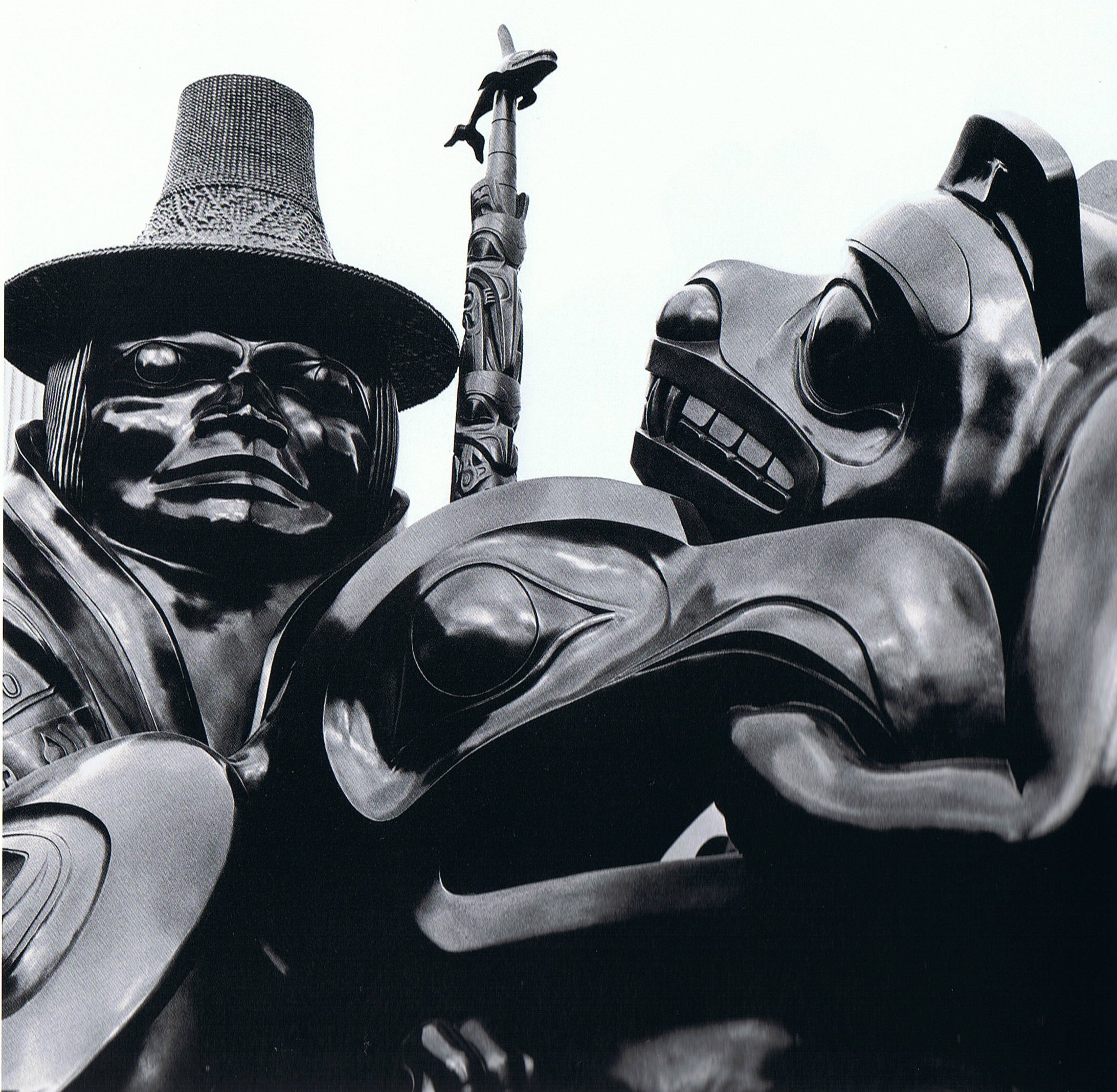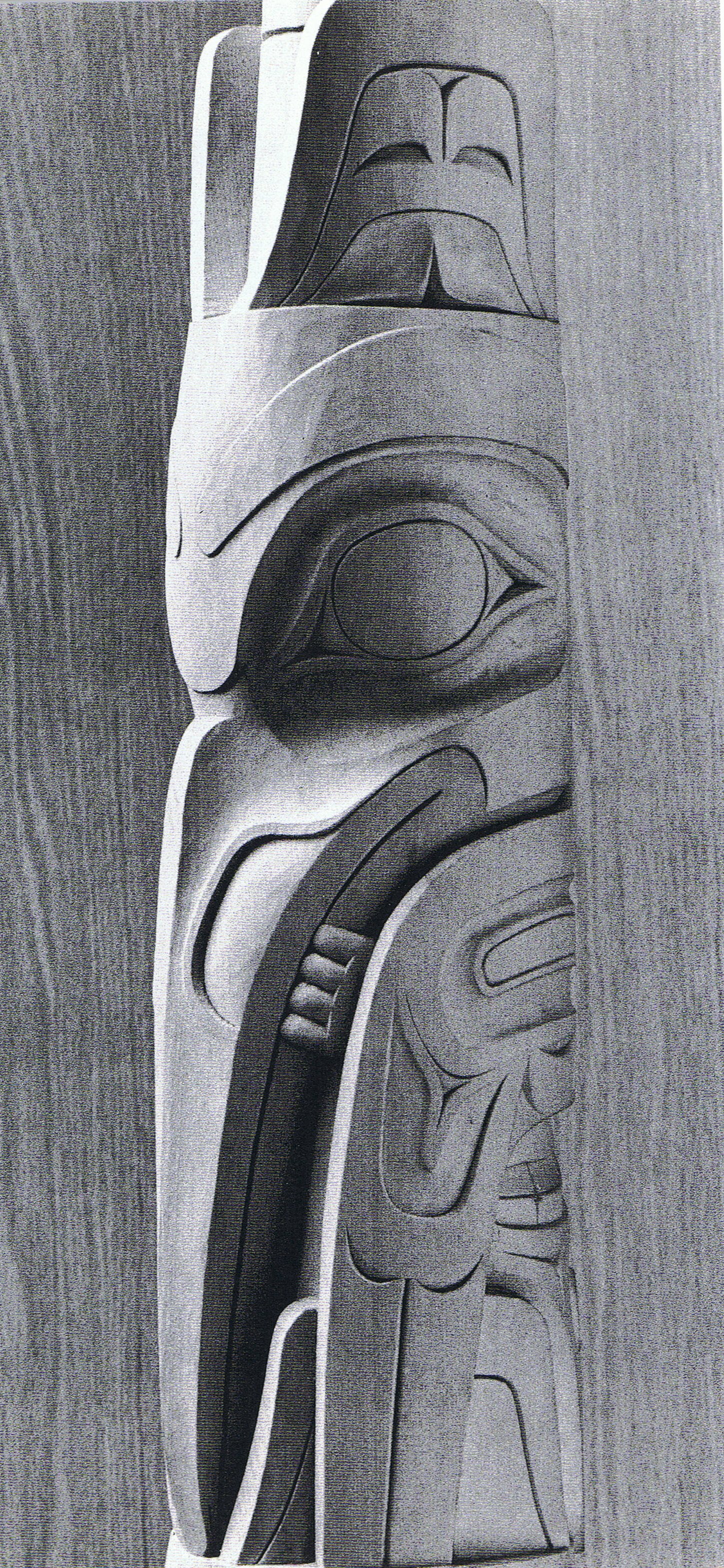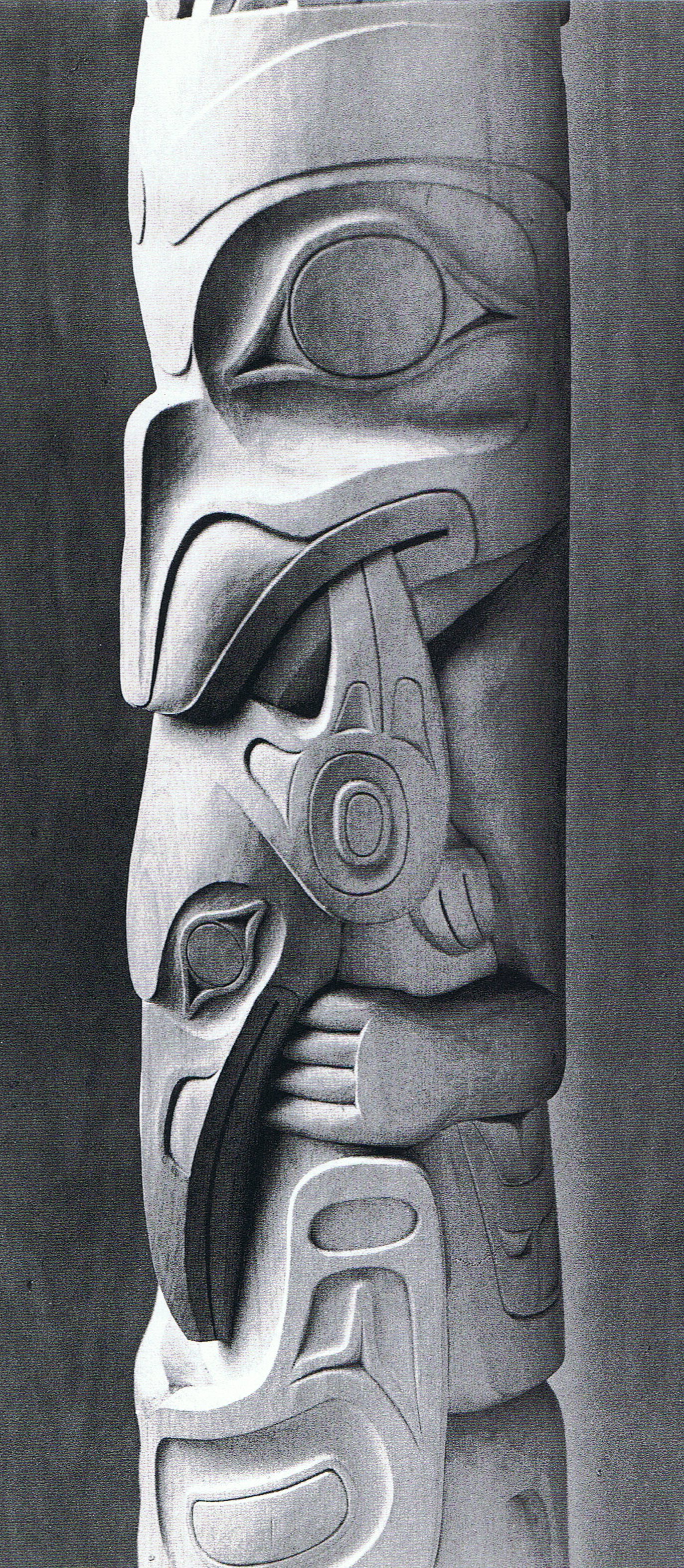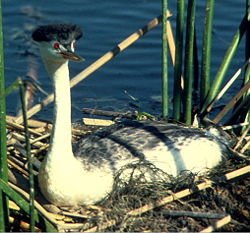|
TRANSLATIONS
The red Aldebaran and the red Mars probably share not only the colour but also the phenomenon of being leaders. Sun and moon would then represent the 'old generation' and Tuesday would be the beginning of the new week. But then it becomes fairly obvious there is a central triplet with Mercury like a watery mirrorat the center:
In the H version of the week manu rere appears thrice: in Sunday, in Thursday, and in Saturday, a fact which strengthens the table above. Beyond midsummer (Jupiter) the time of harvest arrives. Venus may allude to the fruit and Saturn to the sickle. Then comes the time when activities have died out; with sun and moon in some mysterious way preparing for the birth of a new year. Of the double horns at Mars only half of them remain at Jupiter (the horn-like uplifted arms), and then - at autumn equinox - also these horns will vanish. Mercury is the lively planet with an orbit like a snake and therefore represents the turbulent growth in spring. The resemblance between the season of Aldebaran and the time of Mars is confirmed by Ea5-5 in the calendar of the week in Keiti:
Next, I would like to document how the two 'posts' (Te Pau and Te Pou) are possible to imagine as standing one on top of the other. In the Black Canoe the central 'mast' of the black canoe is discussed: "... some of the inner secrets of The Spirit of Haida Gwaii are carried in that modest sculpture-within-a-sculpture held like a chalice in the Chief's hand: the speaker's staff of a silent close-mouthed man.
At the top of the staff, leaping, is the visible form of the gods, a Killer Whale. Beneath the Whale, wearing the tall hat of wealth with its potlatch rings, is a long-billed Raven. Under the Raven is Ttsaamuus, the Snag, in his Sea Grizzly form. From the Snag's mouth a fourth figure, the Raven once again in fledgling form, has just emerged ...
The figures are the Raven with human hands, and the Ttsaamuus or Snag in the form of a Seabear (Grizzly with finned arms and a killer whale's tail). The young Raven is emerging from the Snag's mouth. One of the meanings of ragi is palace or prince, which implies wealth. A chief must distribute wealth. The potlatch rings, I guess, signify these festivity events. The speared killer-whale (god) and bent top of the staff suggest some kind of disaster. Due to the matrilinear moiety system the Snag is located between the young and old Ravens. The 'reincarnation' is between grandfather and son, not between father and son. ... The lower figures - the Raven with tall hat, and the Sea Grizzly form of the Snag - are precise quotations from an older speaker's staff ... The older staff ... was owned and used by Xana of the Skidauquat, Town Mother of Masset in the early nineteenth century, or by an heir laying claim to his power ... the figures from the upper part of the staff match exactly the figures on the upper part of Xana's memorial pole ... The old staff is broken at the bottom, and some of the lower figures are missing. Whether they corresponded to the lower figures on Xana's memorial pole is now impossible to decide. But unlike the pole, the staff is made in two parts, seamlessly fitted. The uppermost figure on the lower section - perhaps a broken-beaked Raven, matching the one of the pole, but just as possibly an Eagle or a Hawk - has a tall hat like the topmost Raven's. This hat forms the peg of the joint that holds the staff together and is therefore invisible while the staff is whole. When the two sections are pulled apart, this tall hat is revealed, asserting the lower bird's claim to stature and wealth coequal with that of the long-beaked Raven above." I have cited this for various reasons. First of all I suspect the central 'staff' to be an equivalent of the ragi glyph type, a symbol of high rank. rank1 ... row, line; grade of station or dignity ... Germ. *χreŋgaz RING1. rank2 ... A. †proud, rebellious ... †stout and strong ... †swift, violent ... B. †full-grown ... vigorous or luxuriant of growth; coarsely luxuriant ... grossly rich or fertile; gross, coarse in manner ... of offensively strong smell; absolute, downright ... OE. ranc proud, stout, valiant, showy in dress = (M)LG. rank long and thin, ON. rakkr erect, f. Germ. *raŋkaz ... (English Etymology) Rasing the sky roof to let in the spring light (without which there will be no life), may be pictured as lifting the roof of a house. But if you live in tents, the house needs only a central high pole. The two sections of the Xana staff is intriguing. If the year is divided into two halves, like hemispheres, then there may be an 8-fold division of the year, because each section has (it seems) 4 potlatch rings. The 'long-billed Raven' obviously refers to the sky part of the sphere and the bottom part (down in the sea) must belong to the Snag. Each 'generation' has a duration of half a year. snag ... short stump projecting from a tree; sharp projection ... trunk or branch in a river, etc. interfering with navigation; hence gen. obstacle ... prob. of Scand. origin (cf. ON. snaghyrndr sharp-pointed (axe), Norw. dial. snag, snage sharp point, spike, Icel. snagi peg). (English Etymology)
Possibly Raven governs summer and Snag winter. The voice of the Raven is raucous because he is thirsty. "In the morning of the world, there was nothing but water. The Loon was calling, and the old man who at that time bore the Raven's name, Nangkilstlas, asked her why. 'The gods are homeless', the Loon replied. 'I'll see to it', said the old man, without moving from the fire in his house on the floor of the sea. Then as the old man continued to lie by his fire, the Raven flew over the sea. The clouds broke. He flew upward, drove his beak into the sky and scrambled over the rim to the upper world. There he discovered a town, and in one of the houses a woman had just given birth. The Raven stole the skin and form of the newborn child. Then he began to cry for solid food, but he was offered only mother's milk. That night, he passed through the town stealing an eye from each inhabitant. Back in his foster parents' house, he roasted the eyes in the coals and ate them, laughing. Then he returned to his cradle, full and warm. He had not seen the old woman watching him from the corner - the one who never slept and who never moved because she was stone from the waist down. Next morning, amid the wailing that engulfed the town, she told what she had seen. The one-eyed people of the sky dressed in their dancing clothes, paddled the child out to mid-heaven in their canoe and pitched him over the side. He turned round and round to the right as he fell from the sky back to the water. Still in his cradle, he floated on the sea. Then he bumped against something solid. 'Your illustrious grandfather asks you in', said a voice. The Raven saw nothing. He heard the same voice again, and then again, but still he saw nothing but water. Then he peered through the hole in his marten-skin blanket. Beside him was a grebe.
'Your illustrious grandfather asks you in', said the grebe and dived. Level with the waves beside him, the Raven discovered the top of a housepole made of stone. He untied himself from his cradle and climbed down the pole to the lowermost figure. Hala qaattsi ttakkin-gha, a voice said: 'Come inside, my grandson.' Behind the fire, at the rear of the house, was an old man white as a gull. 'I have something to lend you', said the old man. 'I have something to tell you as well. Dii hau dang iiji: I am you.' Slender bluegreen things with wings were moving between the screens at the back of the house. Waa'asing dang iiji, said the old man again: 'That also is you.' The old man gave the Raven two small sticks, like gambling sticks, one black, one multicoloured. He gave him instructions to bite them apart in a certain way and told him to spit the pieces at one another on the surface of the sea. The Raven climbed back up the pole, where he promptly did things backwards, just to see if something interesting would occur, and the pieces bounced apart. It may well be some bits were lost. But when he gathered what he could and tried again - and this time followed the instructions he had been given - the pieces stuck and rumpled and grew to become the mainland and Haida Gwaii." (Black Canoe) |
||||||||||||||||||||||||||||||||||||||||||||||||||||||











